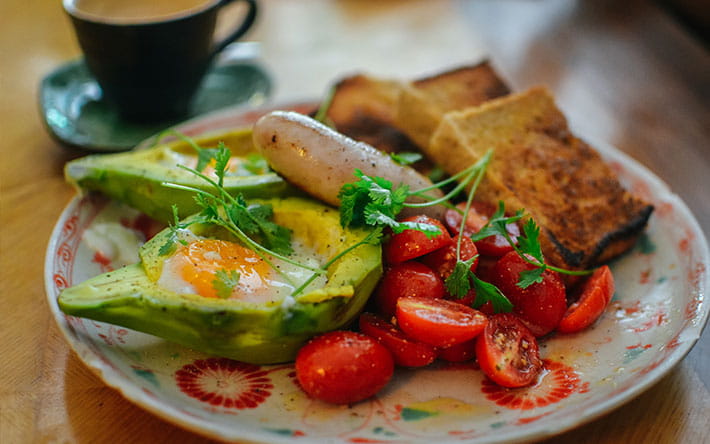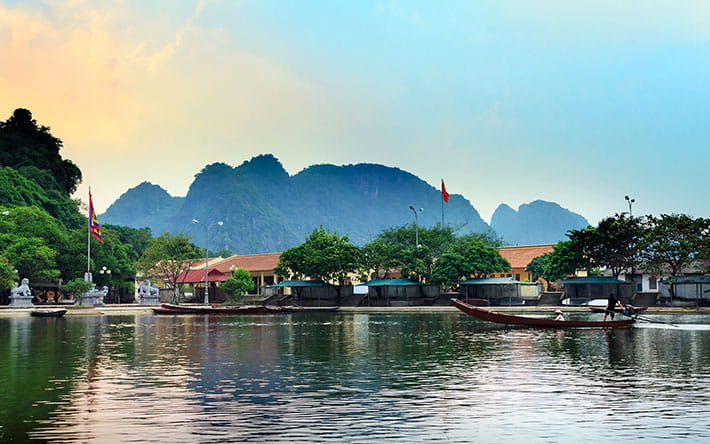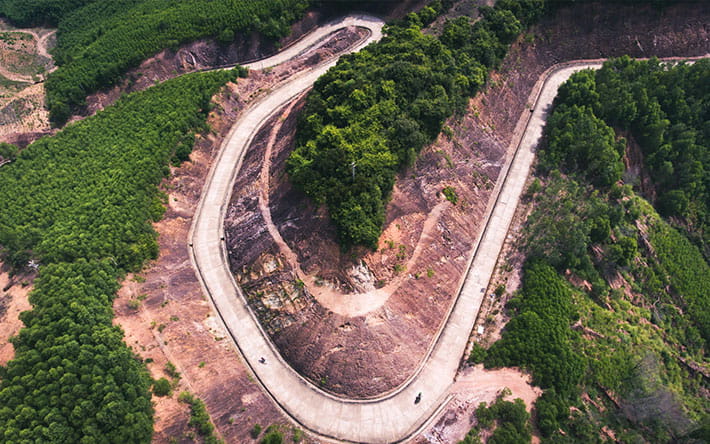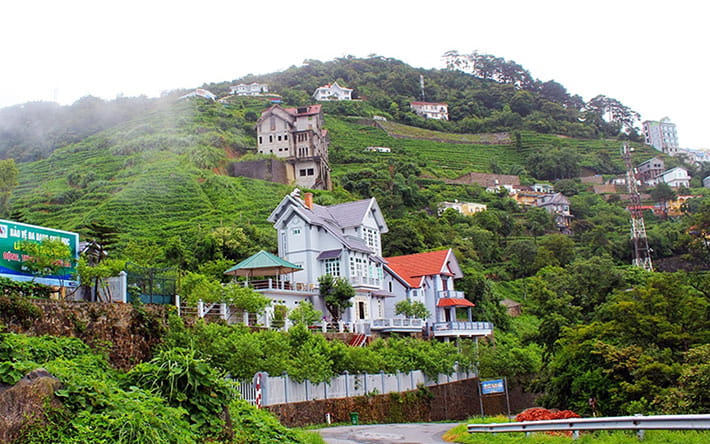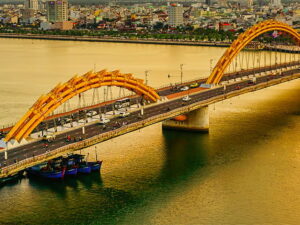Welcome To Hoi An
No visit to Vietnam would be complete without a visit to Hoi An – Vietnam’s most prized town. This old trading port is regarded as one of the most beautiful, and fascinating places in all of Southeast Asia, comprising quaint walking streets festooned with red Chinese lanterns, rustic French terraces and ornate Japanese bridges, dotted with traditional temples, independent tailors and boutique restaurants. And, just a stone’s throw away, you’ll find some of the best beaches, with the cheapest day rates in the region.
Destination Highlights
Hoi An’s diverse history has resulted in a stunning mix of architecture styles, and the Ancient Town is a perfect monument to this. Listed as a UNESCO World Heritage Site in 1999, most of the old shops have been carefully converted to modern businesses aimed at tourists including countless tailors, souvenir shops, art galleries, restaurants and cafés. Entrance costs 120,000 VND (~5 USD) for a ten-day pass for foreigners, which includes six points of interest, and street entertainment such as folk dancing, singing, and traditional games.
Hoi An’s premier beach, Cam An Beach, is just a short cycle or bus ride north from better-known Cua Dai Beach. Local expats and Vietnamese mingle in the rickety bars dotted around the beach, suggesting its popularity for those in the know. Not to be confused with the similar-sounding An Bang beach, Cam An is easily accessible by taxi or local bus from Hoi An city center.
Located just outside of the town in Nong Na village, Van Duc Pagoda stands as a well-preserved vestige of the 17th century as possibly Hoi An’s oldest standing Buddhist temple. This ubiquitously yellow-hued temple contains three small worship halls, many intricate wooden depictions of animals, as well as ancient Gods, a host of plants and shady trees. The ambience, beautiful traditional architecture and fascinating cultural significance draws visitors from inside Vietnam and out, and makes for a peaceful break from the bustling town.
Dining
The streets of Hoi An’s Ancient Town are stuffed to the rafters with myriad specialties to be found nowhere else in Vietnam, and indeed the world over.
- Cao Lau
Any list of Hoi An specialties would not be worth its weight without Cao Lau. Hoi An’s most famous dish, Cao Lau is comprised of bouncy Udon noodles, perfectly positioned for soaking up the sweet, salty, meaty, savory broth which defines the dish. Cao Lau is then topped with crispy fried tofu, tender barbequed pork, crunchy beansprouts and fresh herbs. Whilst the ingredients sound mostly familiar with anyone who’s tried Vietnamese cuisine, there is a certain level of pomp and ceremony that makes this dish truly unique. The noodles are cooked using only the water from ancient Cham wells, and the veggies are fresh from Tra Que Vegetable Village. It’s possible to find Cao Lau at any roadside, market stall, and Vietnamese restaurant in Hoi An, with prices ranging between 10,000 VND and 50,000 VND.
- Banh Mi Phuong
Banh Mi Phuong is more than just a banh mi stall -it’s an institution. Immortalized by TV food critic Anthony Bourdain during his famous series No Reservations, Banh Mi Phuong is often heaving with busloads of tourists, locals and expats alike, who all flock to the shop to sample the king of all sandwiches. The secret is their highly coveted hot sauce; however, they also stand out for their innovative yet classic Vietnamese fillings; pork pate, meatballs and tofu cooked in thick, sweet soy-based sauce for veggies.
- Mi Quang
Mi Quang consists of rice noodles served in a flavorful, savory broth and topped with boiled quail eggs, pork slices, a couple of prawns and the usual extras of fresh herbs, shredded banana flower, garlic and chili. A street food classic, this dish is best avoided in restaurants or even the central market – if you’re not eating it on a parodically tiny stool by the side of a road from a lady who makes just this dish every day, you’ve not had true Mi Quang.
Shopping
Hoi An is tailoring Mecca – the streets are paved with inexpensive and experienced tailors that can knock you up a made-to-measure garment in a matter of hours. As well as tailored shoes, leather bags, and clothing of all descriptions, the place is heaving with ready to wear clothing, novelty tees and local art and produce.
Aobaba Hoi An is family-owned tailor in the center of Hoi An Ancient Town that’s hugely popular with locals and travelers alike. With a huge collection of prints and textiles and generations of experience, Aobba sets the standard of Hoi An tailors. Just across the bridge on An Hoi Islet is a night market with undoubtedly the cheapest prices for souvenirs and experience how Hoi An’s signature silk lanterns illuminate the whole night market.
You can buy a few, or try your hand at making your own at a Lifestart Foundation workshop, a charity that offers vocational training and assistance to local disadvantaged communities.
Accommodation
The most popular Hoi An hotels are conveniently located close to the top attractions, as well as the excellent local restaurants. The town is great for all budgets; from backpackers looking to save a buck, to high end boutique hotels, however- like most famous tourism destinations in Vietnam, it’s worth booking ahead during holidays and peak times.
Transportation
Hoi An has no airport, nor a train station. The only way to access Hoi An is by road, which can be done by driving on a motorbike or taxi from neighboring Da Nang, which does have an airport with regular domestic flights. Buses are also available from Da Nang and Hue, and are plentiful, cheap and air-conditioned.

